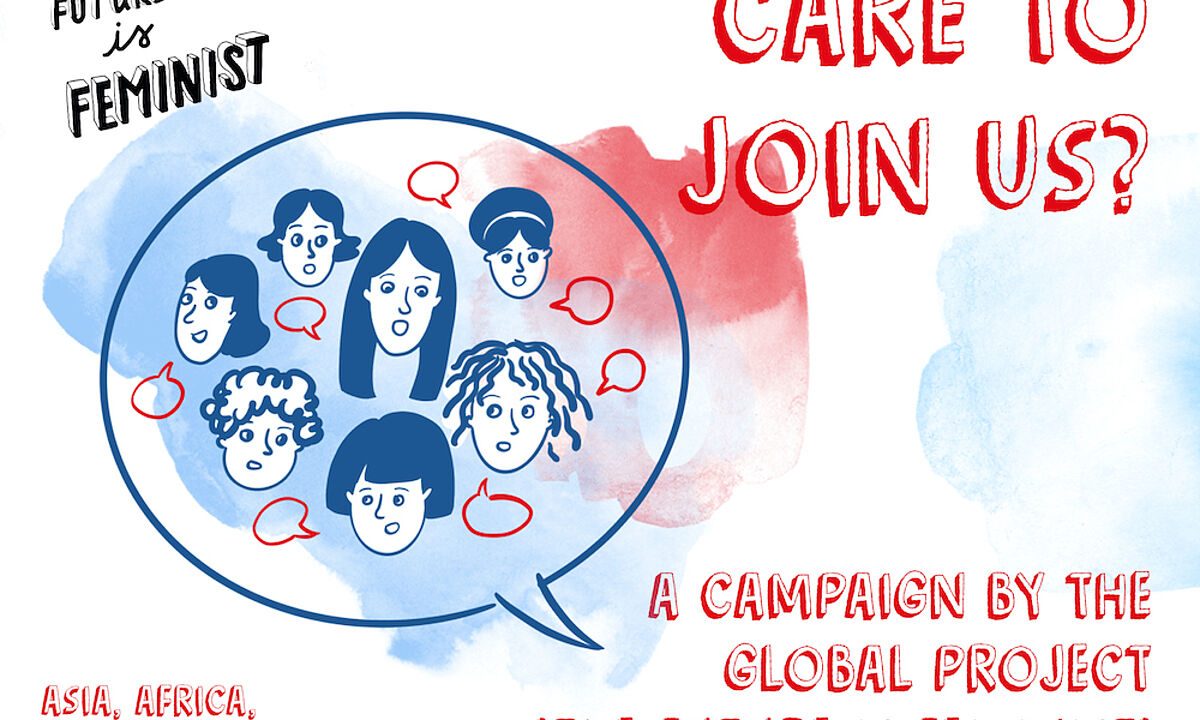The transformational value of grand projects
Beyond the economic rational, grand infrastructural undertakings hold transformational potential for polticial and social development. Alexey Yusupov, Resident Director at FES Myanmar, explains more on the sidelines of a regional workshop held in Yangon on the security implications related to the maritime route of China’s Belt and Road Initiative (BRI).
Connectivity is one of those buzz words you hear a lot when it comes to conversations about economic strategies. Countries that struggle to find their way towards stability and development—be it because of legacies of conflict, physical isolation, underdevelopment, resource dependency, or any other factors— often strive for inclusion into global trade routes.
Becoming part of transnational supply chains and the planetary competition for the quickest route and the cheapest way to transport is often the last untapped option to create jobs and generate revenue.
Myanmar is good example: After decades of economic degradation, sanctions and politics of self-isolation the recent governments have started to reintegrate their country into regional and global economic systems. And there are immense hopes of harnessing the positive effects of China’s Belt and Road Initiative (BRI). Indeed, the BRI has the potential to interconnect the countries of Eurasia in a transformative way, turning the geographical hand those countries have been dealt into a developmental asset and a bargaining chip.
The scope and ambition of connectivity projects under the general umbrella of the BRI will alter the economic map of Eurasia profoundly. Infrastructural linkages can do more than just create transactional added value; they can transform economies, change the rules of the game and thereby massively affect the way countries deal with conflicts. And this is exactly the thing about game-changers, their effect is universal and unconditional.
Claims that the BRI is just a neutral platform for economic growth disregard the intentional as well the unintentional effects of the new connectivity. Who defines where new linkages will pass? Do countries along the BRI have alternatives? How does the appeal and the financial muscle of the BRI shape national development agendas and their priorities? How inclusive and balanced is the decision-making about BRI projects inside polities which struggle anyway to be representative and legitimate? For countries in internal strife, how do rent and revenue from BRI projects tilt the balance between central governments and local insurgencies? What will the revenue be used for? And how does the distribution of additional resources affect regional security?
The interdependencies between power struggles and economic ties are obvious. There is nothing new about the language that the BRI will necessarily have an impact on domestic and regional conflict and rivalries. The relevant question is how much of these effects can be predicted and recognized in advance. Creating awareness for this dimension of the BRI is needed and now is a good time to have this conversation. ###
For more information on the work by Friedrich-Ebert-Stiftung in Myanmar visit their Facebook fan page or contact Alexey Yusupov, Resident Director at FES Myanmar.
About FES Connect
Connecting people, in the spirit of social democracy, we source and share content in English from the German and international network of the Friedrich-Ebert-Stiftung.




